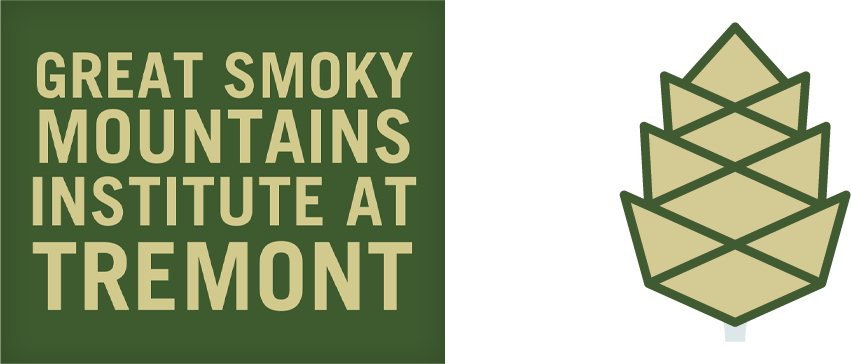Thanks to a group of dedicated teenage girls, we are gaining valuable insights into our second campus property and creating a lasting botanical record for future study. With the support of Tremont staff, the group has initiated the creation of a herbarium of sorts by collecting and preserving flowering plants from the meadows.


A herbarium is a collection of preserved plant specimens, often pressed, that serves as a resource for long-term study. A recent article by the Washington Post highlights the importance of such collections with findings from Duke University’s extensive herbarium:
“By poring over nearly 200 of these pressed orchids, collected by botanists between 1886 and 2022 and stored in drawers at Duke University’s herbarium and elsewhere, scientists found that the flowers are now blooming 12 days earlier on average than they did 150 years ago. At this rate, the orchids may eventually bloom before bees are fully out and about, cutting the chances that pollen catches a ride to other pink lady’s slippers and that plants procreate.”
Globally, there are approximately 3,600 registered herbaria. While our new collection is nowhere near the scale of others, it represents the intentional planning we’re putting into the development of our second campus.
When we purchased the land in 2019, we completed a biological inventory that found nearly 300 species of vascular plants and at least 34 species of birds on the property. As we prepared to finalize the placement of roads, trails and building locations, we completed a survey of the 2,400 trees on the 42-acre potential development site. This data has been particularly useful in planning construction and operational details for the campus, ensuring minimal impact on the local ecosystem.

In the long term, we intend to place over 75% of the land under a conservation easement to permanently protect the property from future development.
Girls in Science, a six-day residential summer camp for girls ages 12-15, aims to make science relevant and engaging. Supported by the Heinrich Family Foundation, the camp offers a sliding-scale registration to increase accessibility. During the camp, participants explore various locations and elevations within the Great Smoky Mountains National Park, meet inspiring scientists and National Park Service researchers, and conduct original research on topics of their choice.
The herbarium project provided campers with hands-on experience in botany, teaching them plant identification, pressing techniques, and the importance of biodiversity conservation.
About the Author

Erin Rosolina is the Great Smoky Mountains Institute at Tremont’s Marketing Director. She grew up in the mountains of western North Carolina where trillium, bloodroot and galax were everyday friends. Erin earned a degree in sustainable community development from Berea College in Kentucky, and then went on to receive the Compton Mentor Fellowship. Erin has worked in marketing with regional and national nonprofit organizations for over a decade and has been at Tremont since 2021.


